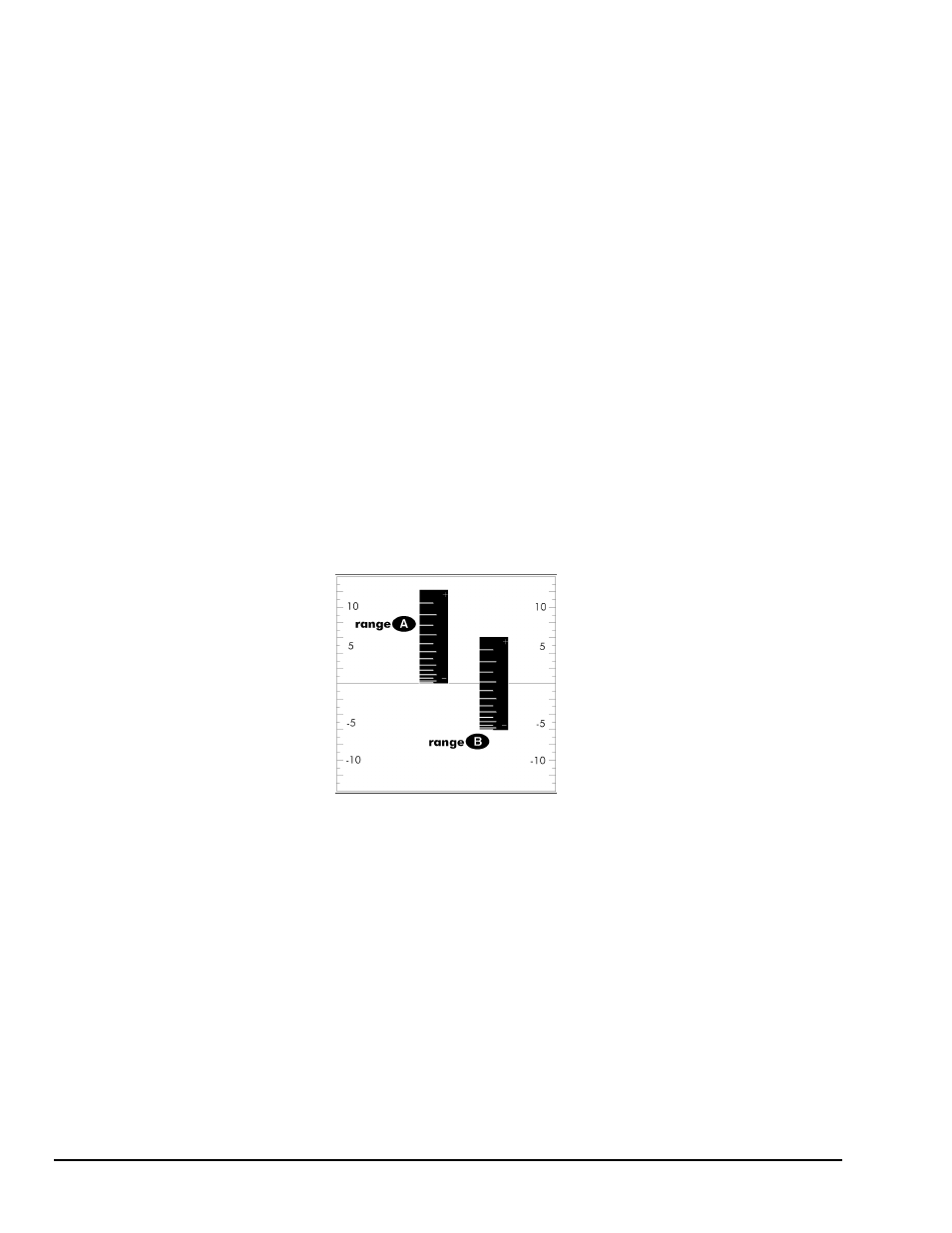Data presentation, Dynamic resolution, Data presentation …… 1-2 dynamic resolution …… 1-2 – Measurement Computing DataShuttle User Manual
Page 10

1-2 Introduction & Installation of the Data Shuttle
11-13-01
DataShuttle and DynaRes
The DataShuttle together with our software – such as DASYLab or QuickLog PC – make it easy to specify
engineering units (degrees, volts, milliAmperes, etc.) for measurements, as well as which ranges to use.
(You can measure temperature, for example, by selecting from among 11 different thermocouple types,
or from a variety of resistance temperature devices – RTDs. With the application software, the process
simply consists of selecting the type of sensing device from a menu – the driver itself automatically handles
cold junction compensation and linearization.)
Data Presentation
The combination of hardware and application software (DASYLab or QuickLog PC) enables both
the display of data on the screen, and the logging of data to disk for later analysis.
The system is capable of showing data on the monitor in a variety of formats. On-screen meters can provide
accurate readings of any parameter on any channel. Chart displays can indicate trends for comparison
of actual measurements on several channels, or for setting data points or alarms.
Dynamic Resolution
All DataShuttles incorporate “Dynamic Resolution,” which improves the unit’s accuracy.
With this feature, resolution is greater at the lower (negative) end of any range than at the higher end.
As your readings approach the low end of any given range, the resolution becomes finer
(that is, the increments of the signal you can distinguish become smaller).
Dynamic resolution improvement is most noticeable when the signal remains below a 10% of full-scale
threshold (approximately). Our products, consequently, are the best available for taking accurate
measurements of low-level signals, as you would using a thermocouple sensor.
Dynamic resolution is always best toward the negative end of any range:
Dynamic Resolution for Dissimilar Ranges
Two vertical black “rulers” (range A and range B) portray the impact of Dynamic Resolution.
Their graduations – representing their ability to resolve – are always finer at the lower (more negative) ends
of their ranges, regardless of the spectrum of values the ranges are measuring.
